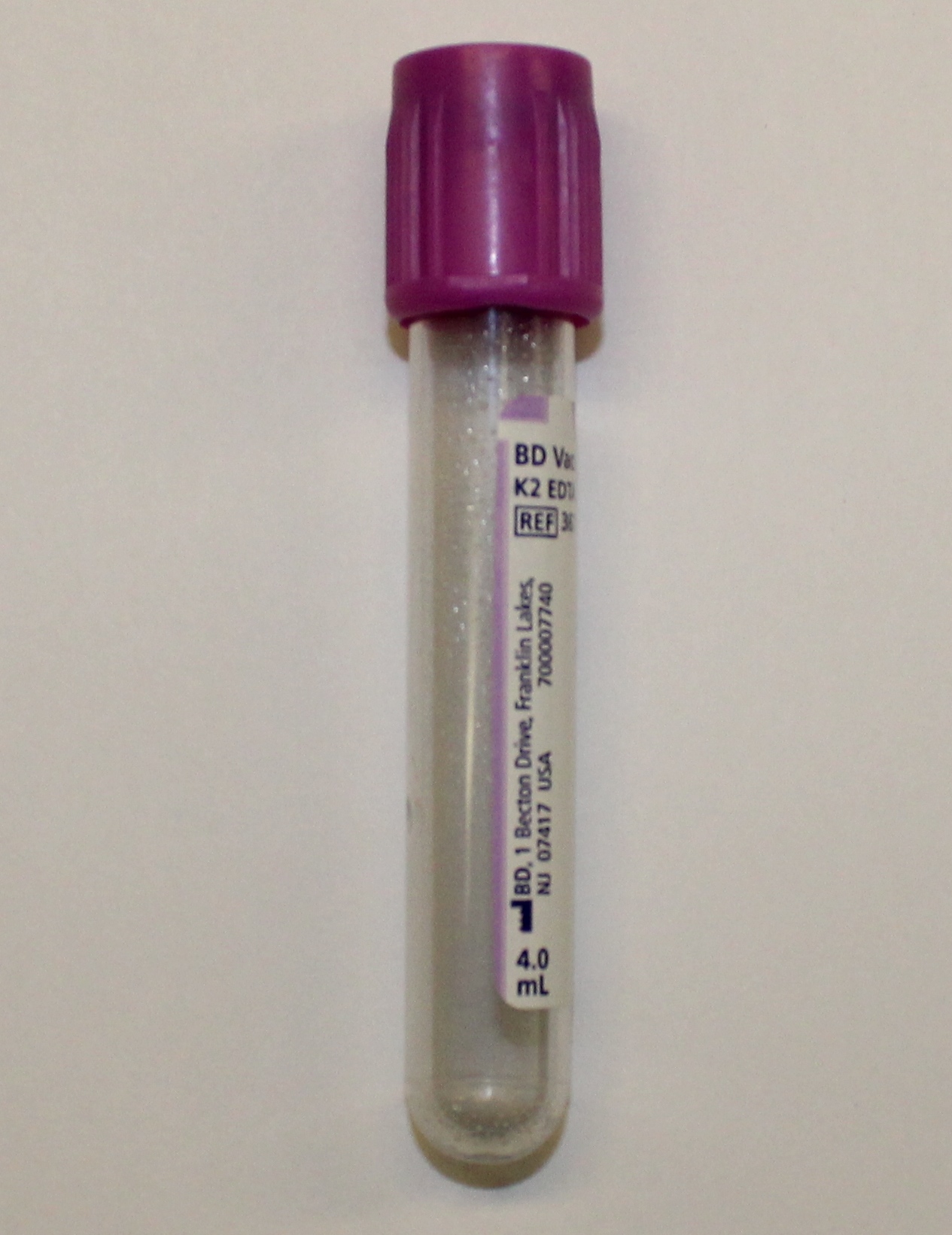Laboratory Medicine
Test catalogue
| Intact Fibroblast Growth Factor 23 (FGF23) | |
|---|---|
Test NameIntact Fibroblast Growth Factor 23 (FGF23) |
|
|
|
Specimen HandlingCollection Instructions: Biochemist approval required prior to ordering or collecting specimen for this test. Call ext 2226 or 2172 to seek approval. Collect specimen in EDTA lavender vacutainer tube. Write your initials, date and time of collection on the collection label. Laboratory Staff Instructions: Separate EDTA plasma from the clot and red cells by centrifugation as soon as possible. Freeze the aliquot at -20C. Send frozen. Rejection Criteria: Thawed samples. Serum and heparinized plasma samples are unacceptable. Transportation: Transport on ice to core lab as soon as possible. |
|
Required Documentation |
|
Turnaround Time (TAT)30days |
Test Utilization |
Reference Value< 96 pg/mL Note: FGF23 concentrations must be interpreted in conjunction with plasma phosphate measurements and urinary fractional excretion of phosphate. Do not interpret FGF23 concentrations as absolute evidence of the presence or the absence of tumor induced osteomalacia (TIO). Patients receiving burosumab should not be monitored using the IFGF23 assay. |
|
Test CodeMISCS |
MethodologyChemiluminescent Immunoassay |
Testing LocationROUHNT06 |
Other InformationLast Update: Aug 24, 2022 |
 Specimen Type / Requirements
Specimen Type / Requirements